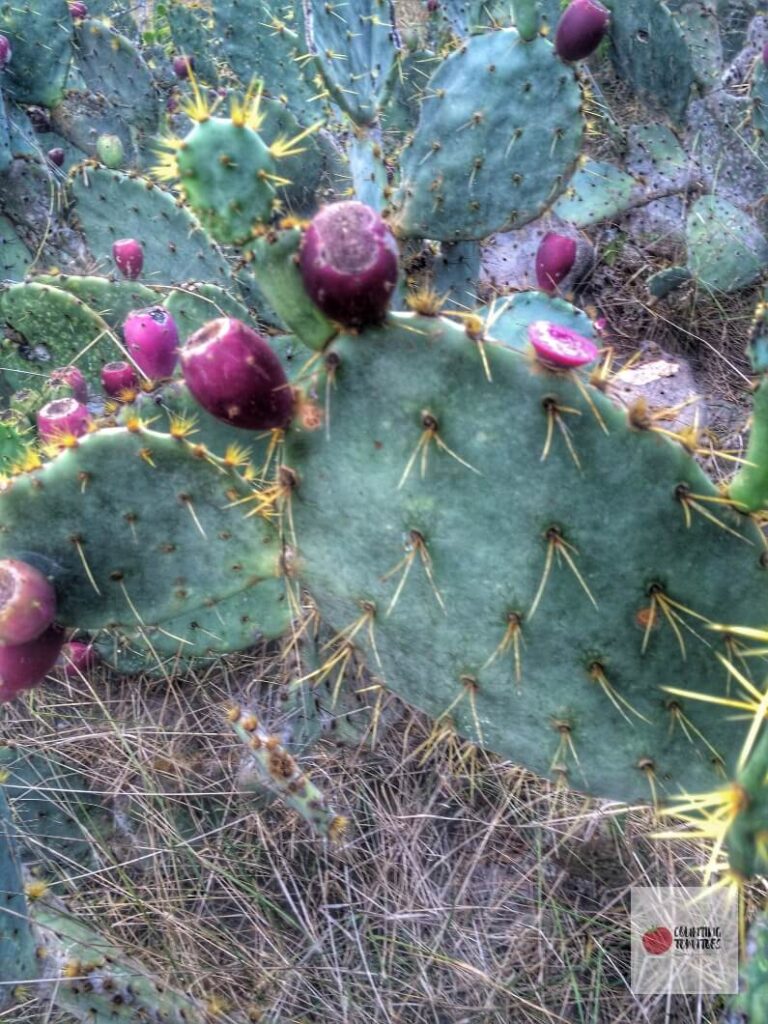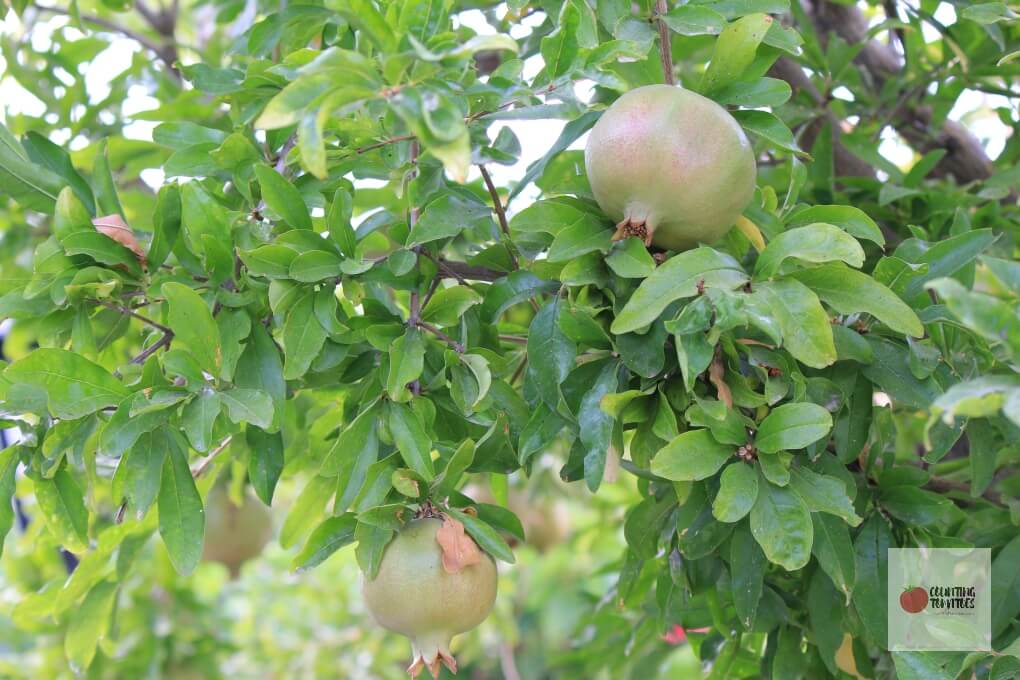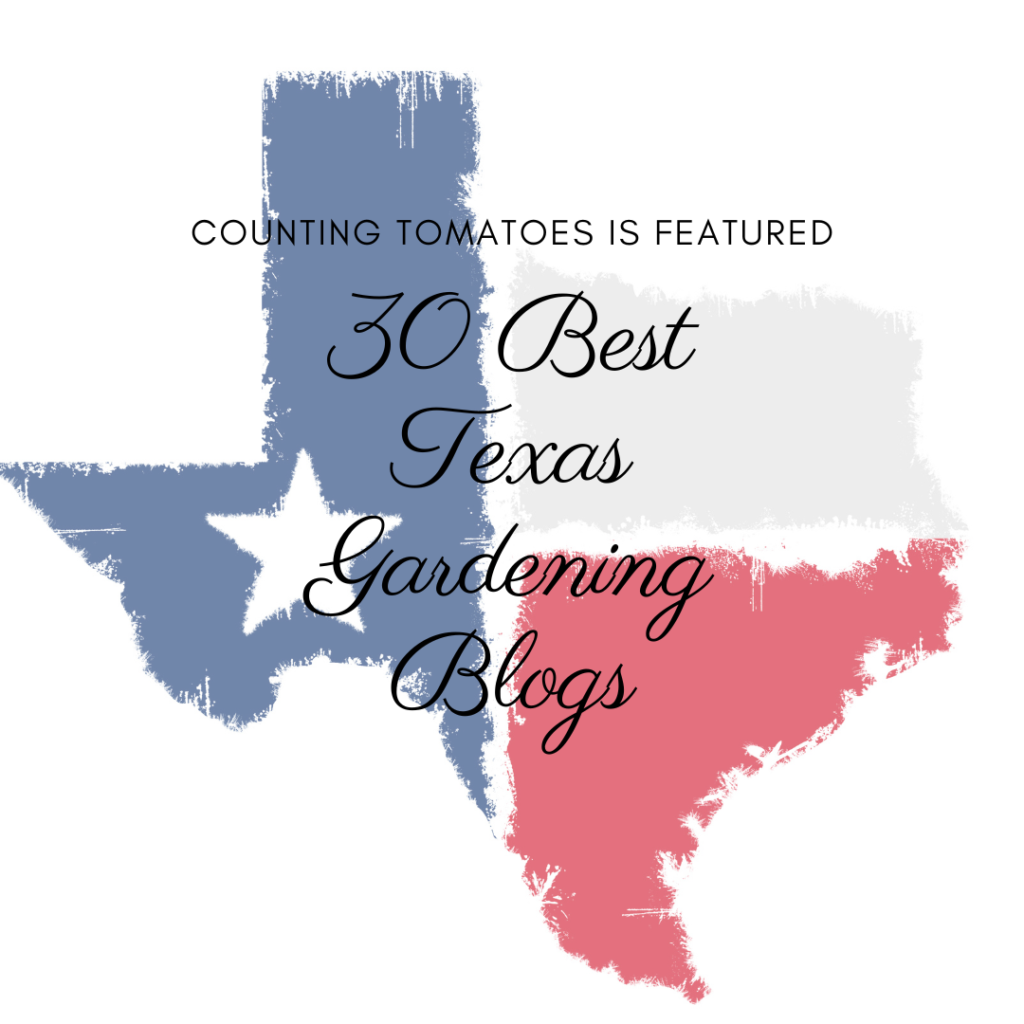When we think of growing our own food, annual crops often come to mind first — tomatoes, peppers, and lettuce that need replanting each year. However, there’s a lesser-known but incredibly valuable category of plants that can provide year after year with minimal effort: edible perennial plants: vegetables, herbs and fruits. These plants not only save time and effort but also contribute to a sustainable garden ecosystem. Let’s explore some delicious and nutritious options you can consider for your garden:
Table of Contents
Edible Perennial Vegetables:
- Asparagus (Asparagus officinalis):
- Asparagus is a well-known perennial that produces tender shoots in spring.
- Grown from crowns which are sections of the root with buds or “eyes.”
- It thrives in well-drained soil and can be harvested for several weeks each year.
- Rhubarb (Rheum rhabarbarum):
- Known for its tart stalks, rhubarb is a hardy perennial that can endure colder climates.
- Its stalks are used in pies, jams, and sauces.
- Rhubarb is typically propagated from crowns.
- Jerusalem Artichokes (Helianthus tuberosus):
- Also known as sunchokes, these root vegetables produce edible tubers that resemble potatoes.
- It has a sweet, nutty flavor and can be roasted or used in soups.
- Obtain tubers from garden centers, plant these in the early spring for a fall harvest. The first frost in the fall will kill the foliage and the tubers may be harvested at that point.
- Garlic (Allium sativum):
- Most people grow garlic as an annual, but if you leave bulbs in the ground they will continue to grow year after year.
- In zones 6 – 10, grown soft neck varieties and in zones 0 – 5, grow hard neck varieties.
- Sweet Potatoes (Ipomoea batatas):
- Sweet potatoes thrive in hot summers and in warm climates they can survive year round in the ground.
- When planting sweet potatoes from scratch, you’ll want to plant sweet potato slips which can be obtained in the early summer from a local garden center or from online sources.
- After harvesting the majority of the crop, leave some potatoes in the ground to sprout new vines in favorable conditions. For those who garden in a colder climate, remove the spare tubers from the ground and store them in a cool, dark place. Replant them the following summer.
- Sorrel (Rumex acetosa):
- Sorrel is a leafy green perennial (in zones 5 and up) with a lemony flavor.
- Its leaves can be used fresh in salads or cooked into soups and sauces.
- Seeds can be used to grow your first plant; you can propagate additional plants by dividing mature plants as well.
- Perennial Leeks (Allium ampeloprasum):
- A relative to garlic and onion and are stars of soups, quiches and stir frys.
- Plant winter leeks to ensure they are hardy enough to survive cold temperatures. In zones 5 and up, mulch well and you’ll be sure to enjoy another harvest.
- Lovage (Levisticum officinale):
- Lovage is a perennial herb with celery-like leaves and a strong flavor.
- It can be used in soups, stews, and salads.
- Egyptian Walking Onion (A. x Proliferum):
- Egyptian onions are a cross between a shallot and a Welsh onion (which are commonly referred to a green onions).
- They do not commonly produce flowers, but produce tiny bulbs near the top known as bulbils. Use both the green stems like scallions and the bulbils to flavor soups, stews, and more.
- Prickly Pear Cactus (Opuntia ficus-indica):
- Found in most southern states and in Mexico.
- The cactus pads and fruits (known as tuna) are both edible. Use care when harvesting and remove the spines prior to consuming.
- It thrives in well-drained soil and full-sun.

Edible Perennial Herbs:
- Thyme (Thymus vulgaris):
- Thyme is a perennial herb with small aromatic leaves.
- It adds flavor to a variety of dishes and is easy to grow in well-drained soil.
- Chives (Allium schoenoprasum):
- Chives produce slender, onion-flavored leaves that are great for garnishing. I especially love fresh or dried chives sprinkled on a baked potato.
- They also produce edible flowers that can be used in salads.
- Grow chives in a container for patio gardening
- Oregano (Origanum vulgare):
- Oregano is a hardy perennial herb with a robust flavor.
- It’s essential in Mediterranean cuisine and can be dried for year-round use.
- Sage (Salvia officinalis):
- Sage is a perennial herb with aromatic leaves that have a slightly peppery flavor.
- It pairs well with meats and is often used in stuffing.
- Mint (Mentha spp.):
- Mint is a vigorous perennial herb with a refreshing flavor.
- It’s perfect for teas, cocktails, and desserts but should be planted in a container to prevent spreading.
- Lemon Balm (Melissa officinalis):
- Lemon balm is a perennial herb with a lemony fragrance and flavor.
- It can be used fresh or dried in teas and desserts.
- Rosemary (Rosemarinus officinalis):
- Rosemary is a drought tolerant perennial herb with small needle like leaves.
- In zones 8 – 9 it can turn into a wood shrub and be harvested year round. In more northern zones, protect it from frost by moving it indoors during the winter.

Edible Perennial Fruits
Planting edible perennial fruit trees and vines can be a great way to establish a long-lasting and productive garden. Here are some popular edible perennial fruits that you can consider planting:
- Raspberries (Rubus spp.): These delicious berries come in various colors (red, black, yellow) and can be grown as perennials in many climates. They are relatively easy to grow and produce fruit from summer into fall.
- Blackberries (Rubus spp.): Similar to raspberries, blackberries are perennial and produce tasty fruit. They can be more vigorous growers and might need some management to prevent them from spreading too aggressively.
- Blueberries (Vaccinium spp.): Blueberries are not only delicious but also a nutritional powerhouse. They require acidic soil and prefer cooler climates. Once established, blueberry bushes can produce fruit for many years.
- Strawberries (Fragaria spp.): There are both perennial and annual varieties of strawberries. Perennial strawberries, such as alpine strawberries (Fragaria vesca), are smaller but produce fruit reliably year after year. Be sure to pull fruit from the perennial plants during the first year to encourage plant growth. This practice will ensure you have healthy plants to ensure a bountiful fruit production the second year of growth.
- Currants (Ribes spp.): Currants are tart berries that come in red, black, and white varieties. They are well-suited to cooler climates and can be grown as bushes. They require pruning and maintenance but can be very productive.
- Gooseberries (Ribes spp.): Gooseberries are related to currants and produce similarly tart fruit. They also prefer cooler climates and can be grown as bushes or trained into standards.
- Elderberries (Sambucus spp.): Elderberries produce clusters of small, dark berries that are often used for jams, syrups, and wine. They are hardy shrubs that can tolerate a variety of conditions.
- Grapes (Vitis spp.): Grapes are perennial vines that produce fruit for many years once established. There are varieties suited to different climates, so it’s important to choose one appropriate for your region.
- Mulberries (Morus spp.): Mulberries are fast-growing trees that produce sweet berries in summer. They can be messy due to dropping fruit, but many people enjoy them fresh or in jams.
- Fig (Ficus carica): Fig trees are perennial in warmer climates and produce delicious fruits with unique textures and flavors. They can be grown in containers in cooler regions and overwintered indoors.
- Apple (Malus domestica): Apples are versatile fruits that come in many varieties suited to different climates and growing conditions. They require cross-pollination for optimal fruit set in most cases. While most apple varieties do not thrive in our zone (zone 9), they thrive in colder zones.
- Pear (Pyrus spp.): Pears are another popular fruit tree that produces sweet and juicy fruits. They come in different varieties, some requiring cross-pollination, while others are self-fertile.
- Cherry (Prunus spp.): Cherries are loved for their sweet and tart fruits. There are sweet cherries and sour cherries (also known as pie cherries), each with different growing requirements.
- Plum (Prunus spp.): Plums are delicious fruits that can be eaten fresh or used in cooking and baking. They come in various sizes and flavors, and some varieties are self-fertile.
- Peach (Prunus persica): Peaches are juicy stone fruits that thrive in most climates. They require well-drained soil and full sun to produce sweet and flavorful fruits. These are one of my favorites to grow; they do require more than one variety to be planted for pollination. Peaches require chill hours during cold weather to produce fruit. Be sure to choose a variety that matches your grow zone to achieve peach producing success.
- Apricot (Prunus armeniaca): Apricots are similar to peaches but have smaller fruits with a distinctive flavor. They also prefer sunny locations and well-drained soil.
- Persimmon (Diospyros spp.): Persimmons are exotic fruits with a sweet and tangy flavor. There are two main types: astringent (must be fully ripe before eating) and non-astringent (can be eaten when firm).
- Citrus trees (Citrus spp.): Citrus trees like oranges, lemons, limes, and grapefruits are perennial fruit trees that require a warm climate or protection from frost. They produce juicy fruits rich in vitamin C. If you’re growing citrus in a cold climate, plant the tree in a large pot and overwinter it in a greenhouse or sunny space in your home.
- Pomegranate (Punica granatum): Pomegranates are small trees or large shrubs that produce ruby-red fruits filled with juicy arils. They are tolerant of drought once established.

Why Choose Perennial Vegetables, Fruits and Herbs?
- Sustainability: Perennial plants require less soil disturbance and fewer resources than annuals, contributing to sustainable gardening practices.
- Efficiency: Once established, perennial crops require minimal maintenance compared to annuals, saving time and effort.
- Biodiversity: Including perennial vegetables and herbs diversifies your garden, supporting beneficial insects and wildlife.
- Health Benefits: Many perennial vegetables and herbs are packed with nutrients and antioxidants and are also used for medicinal purposes.
Getting Started on an Edible Perennial Garden
Integrating perennial edibles into your garden can be a rewarding experience. Start by selecting plants that are suited to your climate and soil conditions. Ensure they have adequate space to grow and consider companion planting to optimize their health and productivity.
One can integrate edible plants along with ornamental plants to add diversity. I love interplanting herbs with my flowers in my front flower bed so they are convenient to the kitchen.
If space allows, consider setting aside an area to create a food forest comprised of only perennial plants. What is a food forest you should ask? It’s a diverse planting of plants that creates food over time. Plants are grouped based on similar water, light and nutrient requirements. Keeping a separate perennial food garden from your main annual food garden is away to ensure the plants and soil are undisturbed and allowed to grow and thrive in the most natural way possible. A food forest is basically the most self sufficient hands off garden you can maintain except for a little water and harvesting for the most part.
Perennial plants will improve the soil and enhance soil fertility. The long root structure of perennial plants will scavenge nutrients from deeper within the soil, bring those nutrients to the surface. The varieties that die back over winter or drop their leaves are also adding organic matter to the soil over time.
By embracing these edible perennials, you not only enhance your garden’s sustainability but also enrich your culinary adventures with fresh, homegrown flavors year after year. Whether you have a small backyard plot or acres of land, there’s always room to cultivate a vibrant and diverse garden that nourishes both body and soul.


